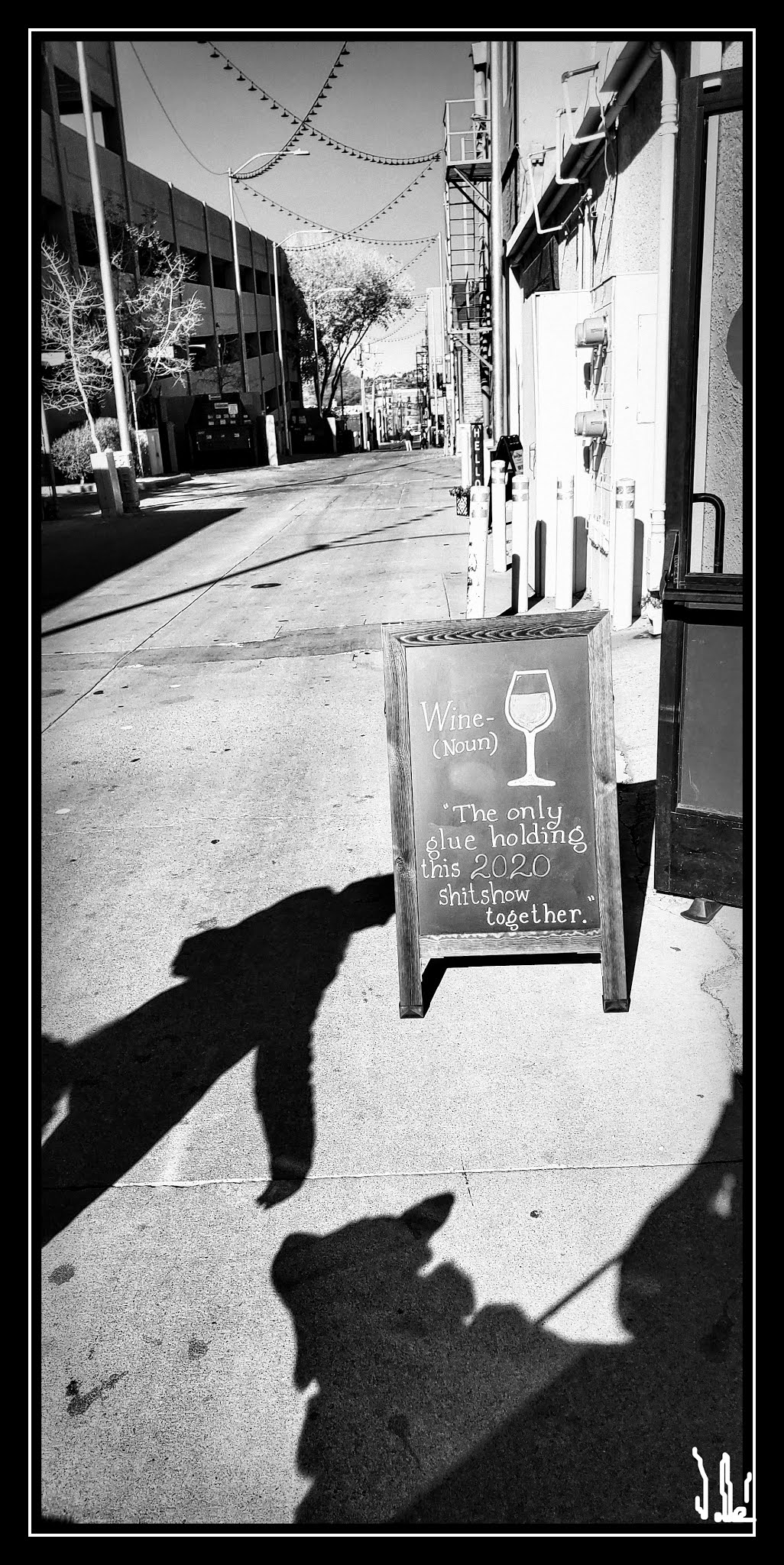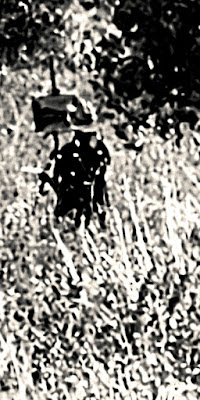A psychologist friend of mine sent me an email with an attachment. “It is a Rorschach ink blot,” she wrote. “Tell me what you see. I want to see if your personality has been affected by the pandemic.”
Well, I saw a horse, a naked woman on a horse just like Maureen O’Hara in Lady Godiva. Or Heddy Lamarr. Or Bo Derek. In some instances the horse was black. In others it was a pinto.
“Ok, I see you personality has not changed – good. Now tell me if as a photographer you have experienced pareidolia in framing your pictures. I know you probably have experienced it as a poet, but tell me about the photographer.”
Epophenia and pareidolia – somehow related to schizophrenia in seeing connections between unrelated things. But pareidolia where a person sees hidden messages in a cloud or a group of people in the street is probably not that uncommon for photographers. Sure, both have serious psychiatric meanings, but any artist who tries to see a connection between shapes and meanings somehow gets “diagnosed” as one way or another!
… But her question did trigger an interest in me that I could explore looking through scanned photos.
So I did.
First, I recalled a photo that I had not published before which I took during a mountain hike. I recall I had my Pentax 1000 with me loaded with a Croatian Efke ASA 25 film. I usually like this combination when I am hiking since the camera is a very basic model and I am pretty sure that it will not stop working when I need it. The ASA 25 is a perfect speed film for detail when playing with light and shades.
Anyhow, this photo, the one at the top of this entry, immediately captured an angle where the rock seemed like a face “speaking” to the mountain ahead of it. The trees were perfect for frame and detail.
Here is the cropped section of that negative – see the face?
Second, clearly there are structures that remind us of common things. For example look at an ironing board that was in the hallway of a motel in Cape Town, South Africa. I do not consider such resemblances appreciated through pareidolia.
Third, there are unpurposeful and unarranged arrangements that have an inherent anthropomorphic identity. See the two chairs in a conference room. Again, to recognize their resemblance to two people conversing has nothing to do with schizophrenia!
Fourth, and given my childhood around the Mediterranean Sea, for me the most plausible and culturally celebrated association between epophenia and pareidolia is reading the coffee grinds in a demitasse. Indeed, finding patterns and messages and interpreting them as a forecast, a warning or a blessing from above is as old as any human culture. Perhaps the oldest is interpreting cloud shapes. Or reading animal entrails. Or reading tea leaves. Or coffee grinds. No matter, I lovingly remember all the times when after dinner coffee was served and a designated person was given the demitasses after the coffee was drank. Then started the delightful ceremony of seeing faces, shapes, roads, presents, and anything in between. A true art these grind readers had for imagination!
Well, not around the Mediterranean anymore but my old habits do die hard. Or never. So I still make my own boiled coffee and read my own demitasse!
Here is the coffee pot:
It is a cherished cultural moment especially when I use the handmade copper Armenian coffee pot with a wood handle my mother used. This one is from the Soviet days, adding a bit more history to the process.
And the coffee grinds. How can one not see the man and woman who will in 4 or 40 days come to visit me? I can even see a face mask since I am sure they are very careful about safety during a pandemic!
.. So, I shared the draft of this post with my psychologist friend for reaction. She wrote:
“This is like a symphony where you used different dimensions as instruments to make your point. But I still think that the poet and photographer work best as a team. More like a sinfonietta.”
And she followed it with another email:
“Ha! I am surprised you did not see the naked woman riding a white horse in your demitasse!!!!”
December 5, 2020
© Vahé A. Kazandjian, 2020
PS/ Le Moment Decisif
There is not a single photographer (I have to assume) who has not heard about and experienced the famous description of timing proposed by Henri Cartier-Bresson. The decisive moment is the intimate partnership between a camera, a photographer and the evanescent moment to be captured on film (or via pixels).
What I am about to say may be controversial or at least uncommonly encountered – I believe that the photographer has to be given credit not only for anticipating the moment and clicking at the decisive moment, but for doing so though the recognition of patterns in that environment that would come together only at the decisive moment.
In other words, a great photograph has the essential context of pareidolic existentialism (my coining of terms.)
Ok, I know many will find this statement “unusual” but in my 50 years of street and portraiture photography I have often experienced the making of a “message” in the environment that said “be ready when X and Y synthesize with Z. That is when you click.”
I will leave the readers decide…







































